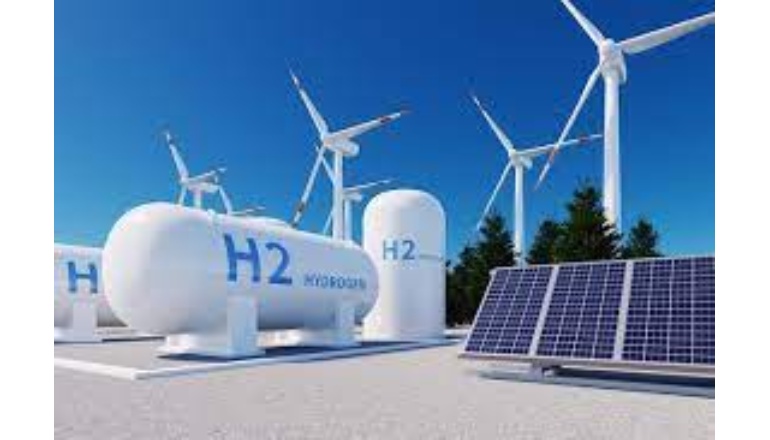As the world observes World Environment Day today, themed “Beat Plastic Pollution,” India is taking a decisive stand against the escalating environmental crisis. The nation, a significant global contributor to plastic waste, generating approximately 9.3 million tons annually—nearly 20% of the global total—is prioritizing its reduction above all other waste management challenges.
According to Gaurav Taneja, Government and Public Sector Leader and AIM Advisory Government and Public Sector Leader at EY India, in his recent note on “Reduce plastics and power a sustainable future,” India’s commitment is not just aspirational but actionable.
A pivotal move in this direction was the nationwide ban on single-use plastic items implemented in 2023. This ban is part of a broader strategy that includes Extended Producer Responsibility (EPR) regulations, holding producers accountable for the lifecycle of their plastic products.
Leading by example, cities like Indore and Ambikapur have become national models for successful waste management transformation. Their decentralized systems, material recovery facilities, and community-led clean-up initiatives showcase a comprehensive approach to environmental action, paving the way for wider implementation across the country.
Beyond just reduction, India is accelerating its transition towards a circular economy. This involves a strong focus on developing biodegradable alternatives to plastics and vigorously promoting recycling, particularly within the textile and construction sectors. National policies and innovative green technology are pivotal in supporting this shift, effectively redirecting waste from landfills into productive reuse. This circular model not only offers significant environmental benefits but also fosters green entrepreneurship, strengthens supply chains, and enhances resilience across various industries.
Mr. Taneja emphasizes that this embrace of circularity, integrated with advancements in renewable energy, the strategic development of the blue economy, and robust climate actions, provides a holistic and powerful solution to combat
plastic pollution.
The urgency of these efforts is underscored by the severe economic threat posed by climate change. Projections indicate that rising temperatures, erratic monsoons, and intensifying weather events could reduce India’s GDP by 2.8% by mid-century, impacting the livelihoods and living standards of nearly 600 million citizens. Despite these formidable challenges, India sees immense economic opportunities in transitioning to a sustainable economy.
Sustainable living is now central to India’s development agenda. The nation has aligned itself with the UN Sustainable Development Goals (SDGs), demonstrating a clear focus on reducing plastic waste, fostering green entrepreneurship, implementing innovative green solutions, and championing environmental stewardship.
According to Mr. Taneja, India’s climate strategy is a testament to its integrated vision, where economic development and climate resilience are mutually reinforcing.
By embedding environmental initiatives within programs that enhance health, gender equity, livelihoods, and infrastructure, India is effectively redefining climate action as a pathway to inclusive prosperity. This comprehensive approach is not just following global trends but actively shaping them, laying the foundation for a cleaner, more resilient, and equitable future for all.













